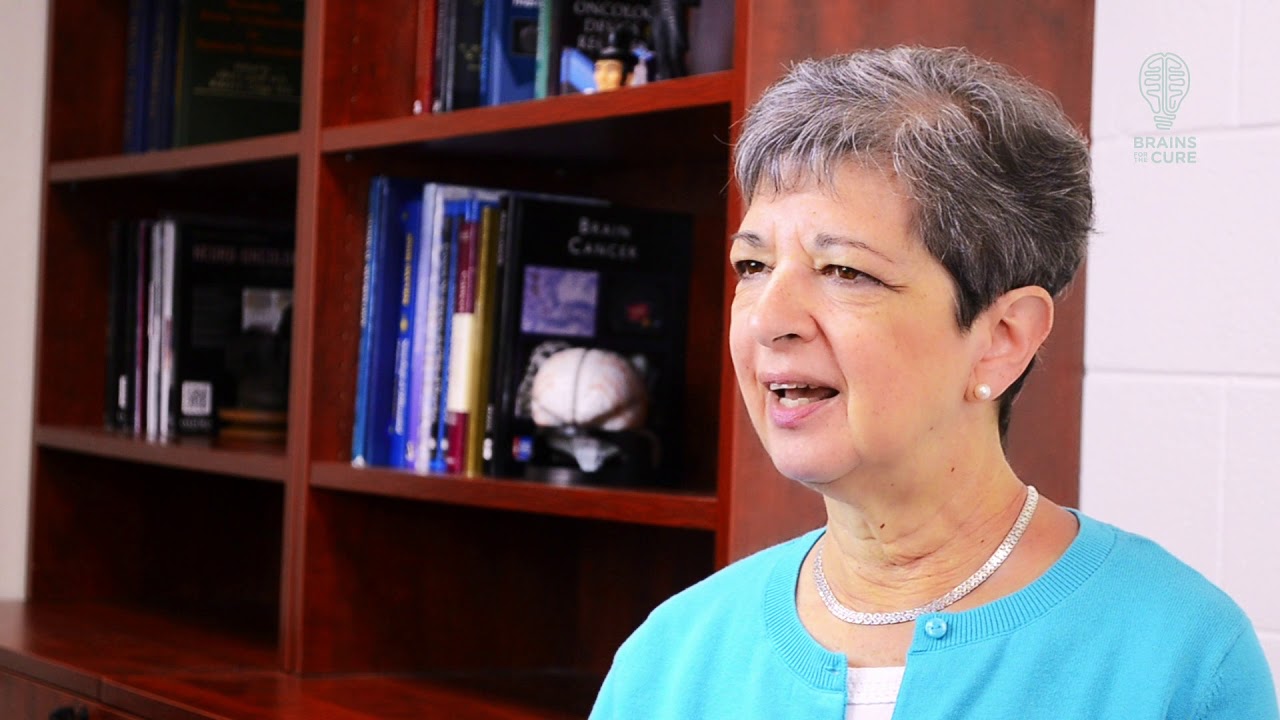Telling Your Close Friends and Family
April 11, 2024
Receiving a brain tumor diagnosis is a difficult moment for you or your loved one. Then, telling your close friends and family can be overwhelming and just as scary. Finding the right way to communicate such information is a personal choice, and each individual may have their own approach. In this article, we explore different methods, including calling/texting, in-person conversations, and the unique dynamics surrounding recurrences.
Calling/Texting:
Communicating through calls or text messages allows for immediate contact and provides an opportunity to express thoughts and emotions. It’s a direct method that many find effective, especially when seeking immediate support or sharing updates.
In Person:
Opting for face-to-face conversations is a more personal approach. Being physically present allows for nuanced communication and provides an opportunity to gauge the emotional responses of those receiving the news. It fosters a deeper connection during challenging times.
Blackout:
Some individuals temporarily distance themselves from social interactions after a diagnosis like this. This “blackout” period allows for personal reflection and preparation before engaging in conversations about the diagnosis. It’s essential to communicate this choice with loved ones to manage expectations.
Recurrences:
Dealing with recurrent diagnoses adds another layer of complexity to sharing the news. Over time, some individuals develop a “system” for communication. Allie M, a patient, shares her experience of having designated family members share updates after the initial calls with immediate family. This approach allows for efficient communication without the emotional burden of repeating the same information.
Allie M, an Ependymoma Patient, reflects on her system, “My husband and I talk to our parents and his siblings and our grandparents. Then, they take it from there. They each have people they reach out to. It’s the one-time gossiping that works in our favor! This system came to be naturally over time. People just took their role. I learned there’s nothing wrong with asking someone to tell someone else. Sometimes, it’s just too hard to say over and over again.”
Sharing a brain tumor diagnosis is a deeply personal journey. Whether through direct calls, in-person conversations, a brief “blackout” period, or a structured system for recurrences, the choice of how to communicate rests with the individual. Understanding that each person may have a unique preference helps foster supportive environments that cater to the needs of those navigating a brain tumor diagnosis.
